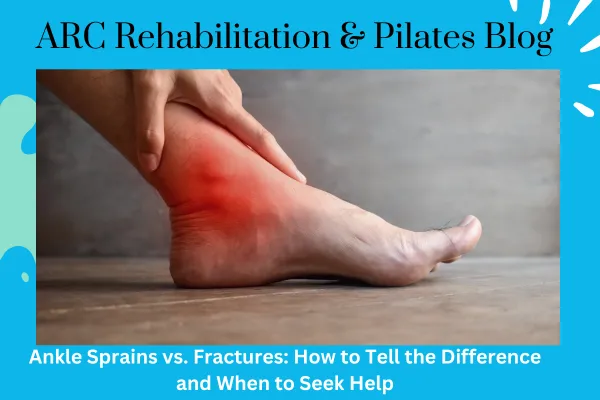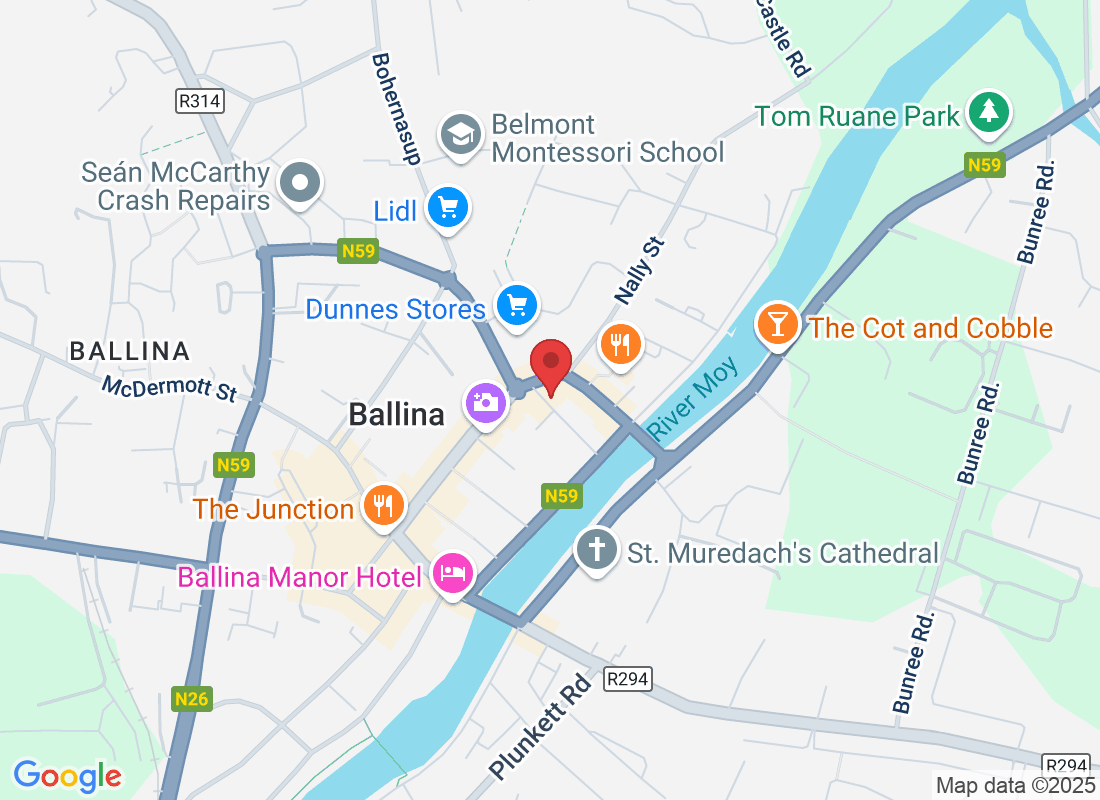Tips & Advice From ARC Rehabilitation & Pilates

Ankle Sprains vs. Fractures: How to Tell the Difference and When to Seek Help
Ankle injuries are frustrating, painful, and incredibly common. Whether you've twisted your ankle on an uneven pavement or landed awkwardly during sport, it’s often difficult to tell whether you've got a simple sprain or something more serious, like a fracture.
At ARC Rehabilitation & Pilates in Ballina, we see a lot of ankle injuries, and one of the most frequent questions we get is: “How do I know if it’s a sprain or a fracture?” The good news is, there are key signs that can help you figure it out. And if you’re unsure, a Rehabilitation Specialist in Ballina can assess your injury and provide the right treatment to ensure a proper recovery.
Understanding Ankle Sprains
A sprain happens when the ligaments in your ankle are overstretched or torn. This usually occurs when your ankle rolls inwards or outwards beyond its normal range of motion.
Symptoms of an Ankle Sprain:
Pain (but usually still able to bear weight).
Swelling and bruising around the ankle.
Stiffness and tenderness when pressing on the affected area.
Instability or weakness when walking.
No visible deformity (the ankle looks normal despite swelling).
Mild sprains might feel like a simple strain, while severe sprains can be just as painful as fractures, making it tricky to tell the difference.
Understanding Ankle Fractures
A fracture means that one or more of the bones in your ankle – typically the fibula, tibia, or talus – has been broken due to impact or excessive force.
Symptoms of an Ankle Fracture:
Sharp, intense pain that doesn’t improve with rest.
Swelling and bruising but often more severe than a sprain.
Inability to bear weight on the affected ankle.
Visible deformity or misalignment (in severe fractures).
Pain even when the ankle is at rest.
If you experience numbness, tingling, or the bone visibly pushing against the skin, this is a medical emergency – seek help immediately.
Sprain or Fracture? How to Tell the Difference
If you're unsure whether you've sprained or fractured your ankle, here are three quick tests:
1. Can You Put Weight on It?
If you can walk, even with discomfort, it's more likely to be a sprain.
If putting weight on the ankle is impossible due to extreme pain, a fracture is more likely.
2. Where Is the Pain?
Sprains hurt around the soft tissue and ligaments.
Fractures typically cause sharp pain directly on the bone.
3. Is There Visible Deformity?
A sprained ankle may swell but still look normal.
A fractured ankle may look misaligned, with obvious swelling and potential bone displacement.
When to Seek Professional Help
If you're dealing with persistent pain, instability, or difficulty moving the ankle, it’s time to see a Rehabilitation Specialist in Ballina for a proper assessment.
You should seek medical help immediately if:
✅ You suspect a fracture.
✅ You cannot bear weight at all.
✅ The swelling and pain are extreme.
✅ There is numbness, tingling, or discolouration.
At ARC Rehabilitation & Pilates, we specialise in ankle injury rehabilitation, helping you recover with:
Manual therapy to reduce swelling and improve mobility.
Targeted rehabilitation exercises to restore strength and stability.
Balance and proprioception training to prevent future injuries.
Guidance on when to return to sport and normal activities safely.
Recover Right – Don’t Rush It
One of the biggest mistakes we see is rushing back to activity too soon. Ankle sprains that don’t heal properly can lead to chronic instability and repeated injuries, while a mismanaged fracture can result in long-term mobility issues.
If you’re in doubt, don’t guess – get checked by a Rehabilitation Specialist in Ballina. The sooner you get the right treatment, the faster and safer your recovery will be.
Need help with an ankle injury? Book an Initial Consultation with ARC Rehabilitation & Pilates today.
📧 Email: [email protected]
📞 Phone: 0861763809
Your recovery starts here!
Ask ARC Rehabilitation & Pilates And Their Team
Fill in the form to request a call from our team. One of our team members will call you for FREE and answer any questions or concerns you may have about your condition
Where To Find ARC Rehabilitation & Pilates

If you have any questions before scheduling an appointment or for general inquiries, please use the contact us button below. Our team will promptly reach out to assist you.
Opening Hours
Monday: 9:30am – 8:00pm
Tuesday: 9:30am – 8:00pm
Wednesday: 9:30am – 8:00pm
Thursday: 9:30am – 8:00pm
Friday: 9:30am – 1:00pm
Saturday: Closed
Sunday: Closed

